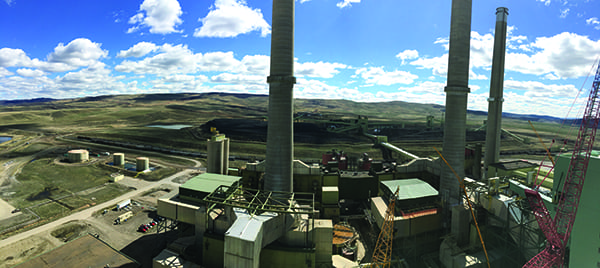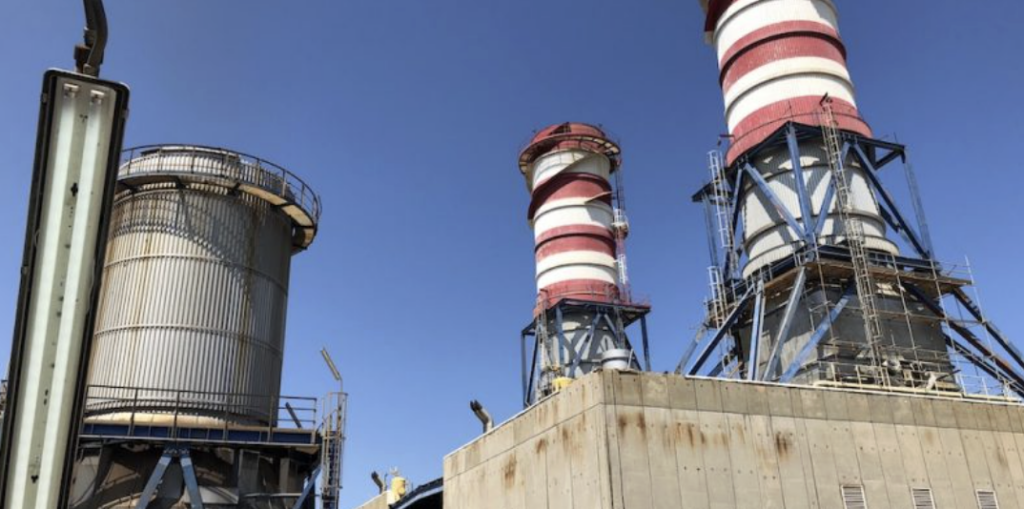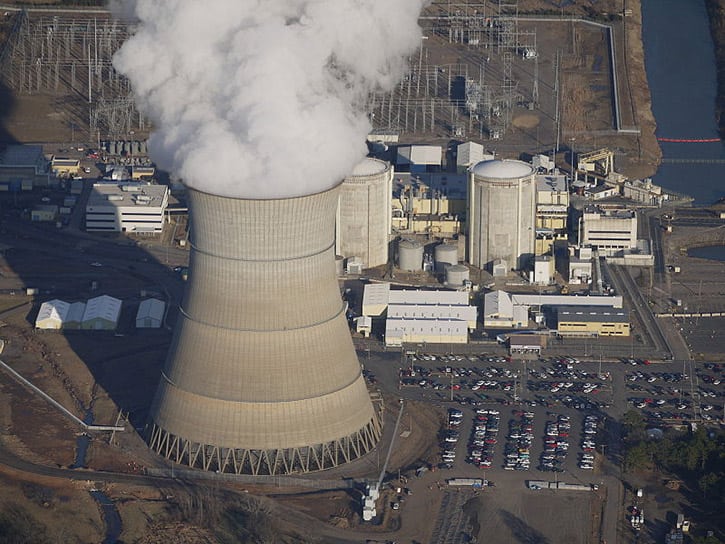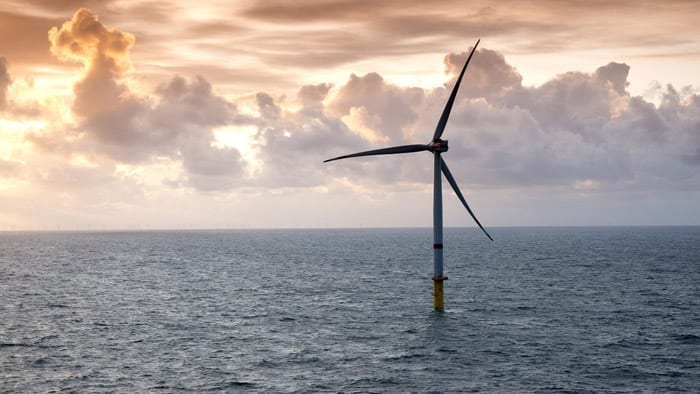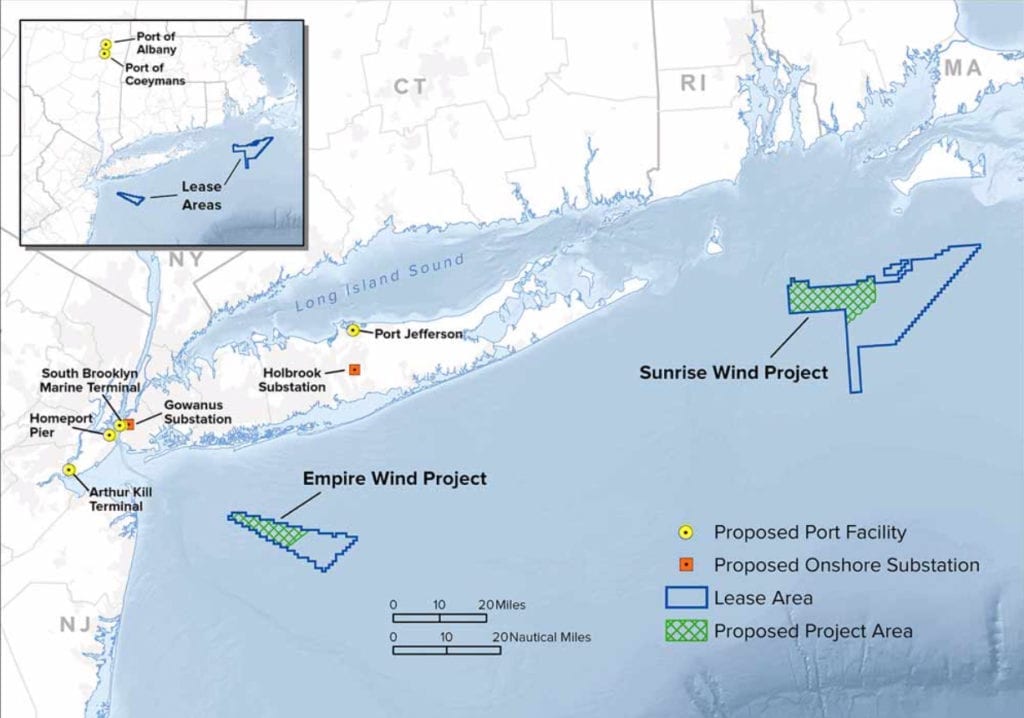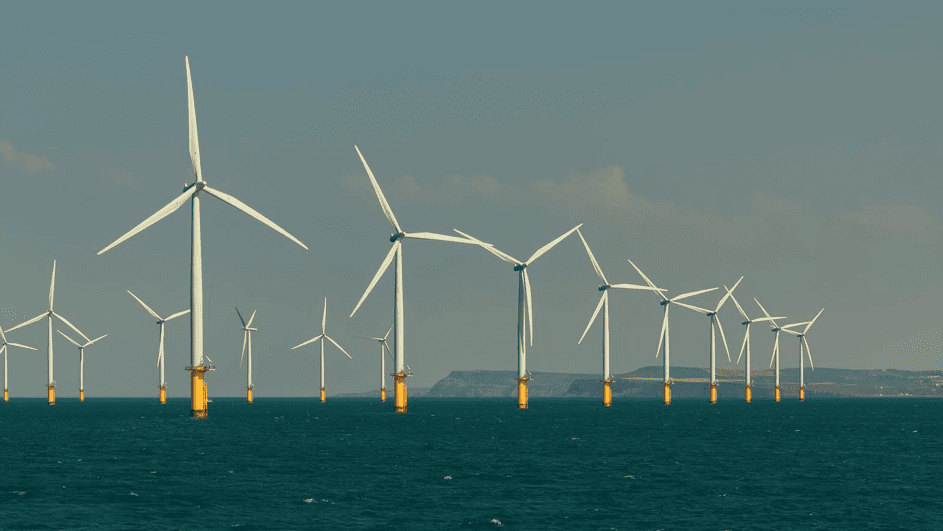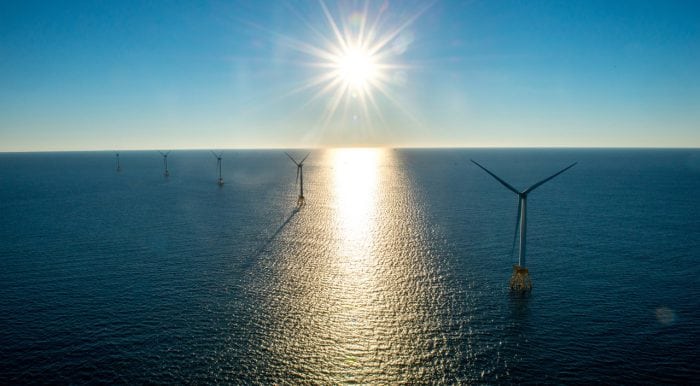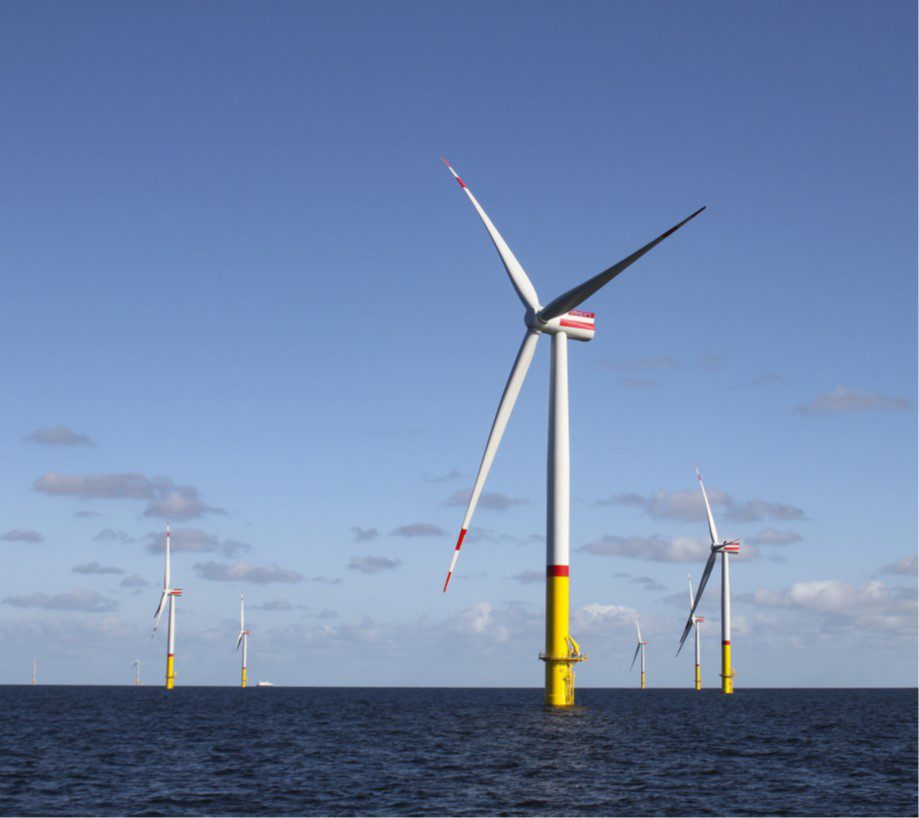Construction of the Empire Wind offshore wind power project is restarting after the U.S. Bureau of Ocean Energy Management (BOEM) said an order to stop work on the installation has been lifted. The Trump administration, which has been vocal in its disdain for the U.S. offshore wind industry, last month had called for the project to be stopped.
“We appreciate the fact that construction can now resume on Empire Wind, a project which underscores our commitment to deliver energy while supporting local economies and creating jobs,” said Anders Opedal, president and CEO of Equinor ASA, the Norwegian group which is leading the project. The May 19 announcement that work could resume comes about one month after the order to halt construction was issued on April 16.
Renewable energy and offshore wind advocates had decried the Trump administration’s order, saying it would cost American jobs and also flew in the face of the administration’s own call for more construction of U.S. energy projects. Equinor last week said it would likely abandon the project if it was not allowed to continue work, with Molly Morris, president of Equinor Wind US, saying the stop work order was costing the company $50 million each week.
The American Clean Power Association (ACP), whose members are in Phoenix, Arizona this week for the group’s CLEANPOWER 2025 conference (POWER is a media partner for the event), issued a statement from CEO Jason Grumet that said, “We commend the Trump administration for allowing construction on Empire Wind 1 to proceed, putting more than 1,500 workers, in construction and maritime trades, back to work. This is the right decision for American workers, consumers, and the reliability of our electric grid.
“Fully permitted projects must have policy consistency and certainty to deliver the infrastructure required to meet America’s growing electricity demand. Our nation needs all types of energy infrastructure to lower energy prices and support economic growth,” said Grumet. “In lifting the stop work order, the administration has honored a principle that is essential to all infrastructure investment. The decision is a critical step toward supporting an all of the above energy policy and is consistent with the administration’s commitment to reducing the bureaucratic obstacles that are undermining critical infrastructure development across the nation.”
Questions About Unseen NOAA Report
Interior Secretary Doug Burgum previously had said work on the 810-MW, 54-turbine project was halted due to a report from the National Oceanic and Atmospheric Administration (NOAA) that showed the Biden administration had rushed approval for the installation. The report was never made public, and Equinor officials said they have never seen the report. The stop work order reverberated across the offshore wind industry, with foreign companies saying it could cause them to reconsider or stop investments in the U.S. energy sector. Opedal said rescinding the stop work order could change some of that thinking.
“I would like to thank President Trump for finding a solution that saves thousands of American jobs and provides for continued investments in energy infrastructure in the U.S.,” said Opedal in a statement. “I am grateful to [New York] Governor [Kathy] Hochul for her constructive collaboration with the Trump administration, without which we would not have been able to advance this project and secure energy for 500,000 homes in New York.” Opedal also thanked the “labor groups and other advocates that have maintained their steadfast support for the project,” and added, “I would like to thank the Norwegian Prime Minister Støre and Minister of Finance Stoltenberg for their support at a critical time, and that the Minister of Finance raised the situation with the U.S. administration.”
Said Morris, “This project delivers on the energy ambitions shared by the United States and New York by providing a vital new source of power to the region. Empire Wind brings supply chain investments in states across the nation including New York, Louisiana, Pennsylvania, Texas and South Carolina.”
Labor unions were quick to praise the decision to resume construction. “Offshore wind means good, union jobs for New Yorkers. Thanks to the tireless advocacy of Governor Hochul, our building trades members are ready to resume construction on Empire Wind 1,” wrote Gary LaBarbera, president of the Building and Construction Trades Council of Greater New York, in an email to POWER. “Empire Wind will generate paychecks and power homes for working families across the state for years to come. Let’s keep putting more union shovels in the ground as New York leads the way toward energy independence and a more sustainable future.”
Paul Capurso, executive secretary-treasurer of the NYC District Council of Carpenters, in an email to POWER wrote: “The agreement to advance the Empire Wind 1 project is excellent news for our union members and for New York. This represents a significant victory for our members, who are eager to return to work building a clean energy future. We want to express our gratitude to everyone involved in ensuring this project moved forward. Their commitment to collaboration and progress has helped secure good-paying union jobs for our members, contributing to a project that will power communities, support families, and further clean energy goals.”
Equinor on Monday said it will perform an updated assessment of the project economics in the second quarter. Officials said Empire Wind still expects to execute planned construction activities in the offshore installation window for the year, and reach its planned commercial operation date in 2027. Officials said they would engage with equipment suppliers and appropriate regulatory agencies to reduce the impact of the stop work order.
The federal government leased Empire a designated area of the outer continental shelf for the project off the coast of New York in 2017. Government officials, following an extensive environmental review, in early 2024 approved the plan to build the offshore wind farm. Construction began last year and to date is more than 30% complete.
Equinor on Monday noted it has invested about $60 billion in U.S. energy projects, primarily in the oil and gas sector, since the early 2000s.
—Darrell Proctor is a senior editor for POWER.



